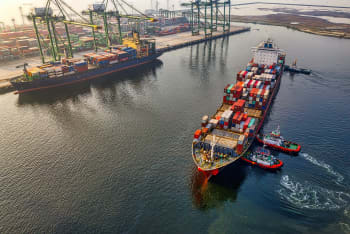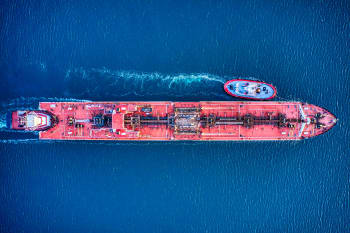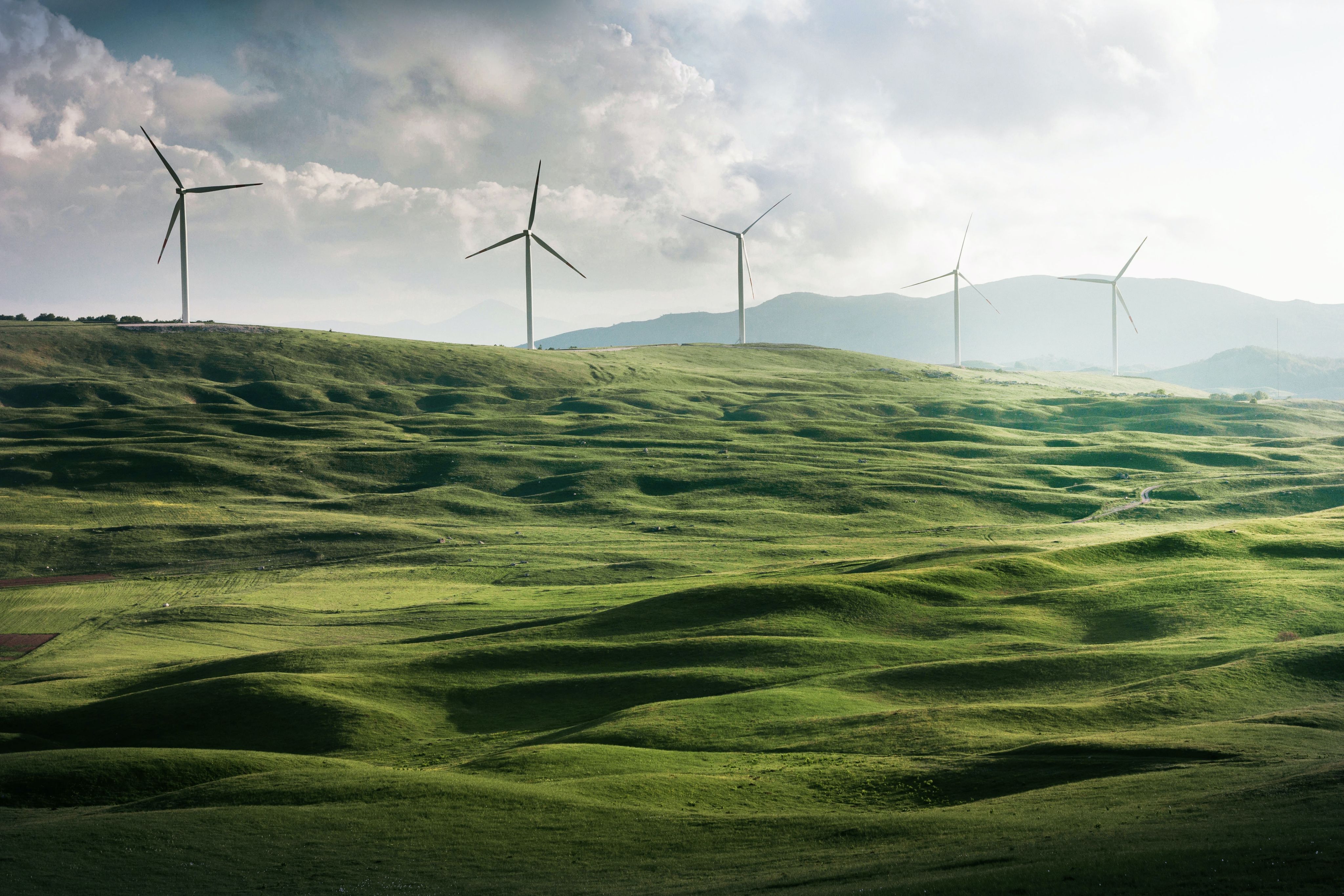How shipping can set the course for decarbonisation
UCL research is helping create pathways for green energy to power the global shipping industry

In 2022, international shipping was responsible for around 2% of global energy-related CO2 emissions.
Massive projected growth in seaborne trade could lead to shipping’s emissions representing more than 10% of global emissions, if unchecked.
However, the United Nations agency responsible for regulating international shipping, the International Maritime Organisation (IMO), has reached a landmark agreement to approve net-zero targets for 2050 amongst its 175 member states. In an industry that relies on energy-dense fuels and complex international negotiation, this is a significant achievement – and a daunting challenge.
Much of the evidence and analysis for the new targets, enshrined in the 2023 IMO Strategy on Reduction of GHG Emissions from Ships, has been laid out by Dr Tristan Smith and his colleagues from the UCL Energy Institute.
The agreement, reached late in 2023, represented the culmination of over a decade of collaboration between the IMO and UMAS, the commercial advisory service led by the UCL Shipping Team, of which Tristan is a co-founder.
Providing long-term technical input, advisory services and analysis to both the IMO Secretariat and the member states to support negotiations, as well as working closely with the IMO’s Marine Environment Protection Committee, has given Tristan significant opportunities to make sure the IMO holds its course towards decarbonisation.
Consequently, he’s been described as ‘shipping’s leading energy transition academic and advocate’ by Lloyd’s List, the world’s longest-running maritime publication, who placed Tristan 39th in their list of the 100 most influential people in shipping.
Driving decarbonisation through global governance
Tristan sees the IMO as an organisation with an unusually strong position from which to drive decarbonisation. Unlike regulatory bodies overseeing land-based operations, the IMO has the advantage of a strictly governed port control system in its favour – non-compliant ships can be fined or detained by the countries where they dock.
“Not every country in the world has the same capacity or resources, but ships will always have to make a port call in a jurisdiction which is particularly strong.
“North America, Europe, parts of Asia have always been very strong with Port State Control (PSC). They make a huge effort to ensure that ships are properly inspected. Any ship that isn’t in compliance is sanctioned, so we see very high levels of compliance whenever there’s PSC involved.
“That means that the IMO’s ability to regulate and have a global impact is very strong.”
However, as UMAS makes clear in its Transition Strategy Report, the transition isn’t just about the IMO. All ships typically sail a variety of both national and international routes, which means that a proportion of the ship’s emissions must be included in each nation’s emission targets.
Coupled with the difficulties involved in achieving a workable phase-out of fossil fuels while simultaneously introducing scalable zero emission fuels (SZEF), it’s clear that the task and responsibility of achieving shipping net zero lies with a broad range of actors.
“The IMO’s ability to regulate and have a global impact is very strong.”
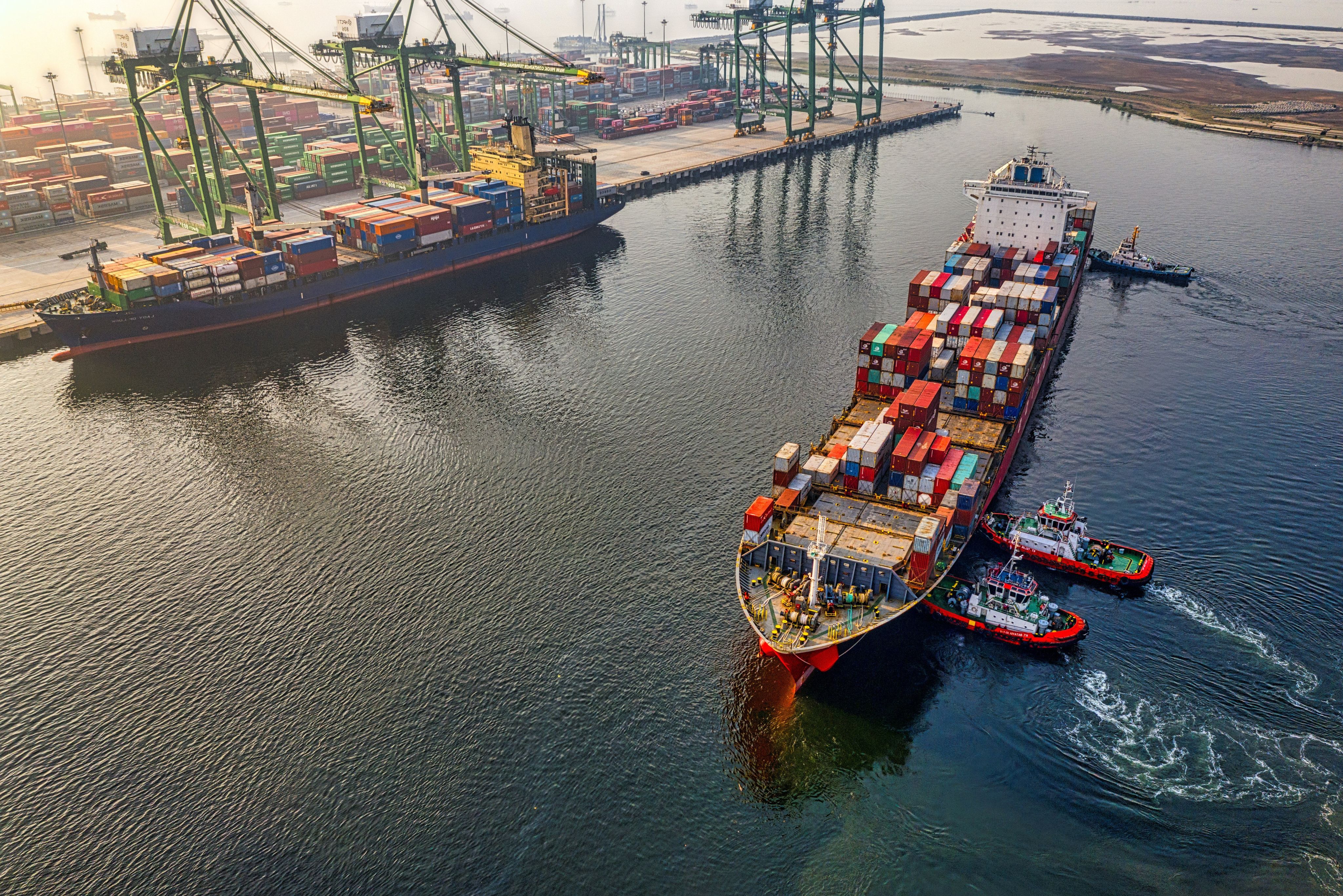
Navigating away from fossil fuels
“Key near-term actions are all related to improving energy efficiency. There’s wind assistance technology, which reduces the amount of propulsion power needed. There are high-tech coatings that reduce friction between the hull and the water.
“These will only get us a certain amount of improvement. At some point the fuel has to change from fossil fuels to a lower emission fuel.
“Biofuels might have a role initially, but they’re dependent on the limited supply of feedstocks we have from waste processes or from advanced biofuels.
“Electrification is already happening for the smallest vessels on the shortest routes. You can charge them in dock, but that only works as long as it’s a short voyage and you have access to low-carbon electricity at the point of charge.
“We expect there to be a limit to the size of vessel that’s able to electrify – so we’ll still need a liquid fuel for crossing an ocean.
Hydrogen-derived fuels look set to provide the shipping industry’s best option for a commercially viable SZEF.
“We think ammonia is the most attractive – it's the fuel with a lower cost of production, easier use on board, easier storage and easier uses as an input to either an internal combustion engine or a fuel cell.
“The onboard technologies are mature or maturing, there are already engine manufacturers that have launched ammonia engines, with more models coming out this year and next year.
“We already make 180 million tonnes of ammonia, but it’s not decarbonised. So the thing we need to do before we start using it in any volume is to decarbonise the supply of ammonia, either through carbon capture (‘blue’ ammonia) or electrolysis (‘green’ ammonia).
“The shipping industry uses 300 million tonnes of oil at the moment. We can’t substitute that with ammonia overnight, but we can get to those sorts of volumes within the next 15 years.”
This potential for rapid change brings with it a great deal of financial risk for the fleets and economies that depend on shipping.
“The shipping industry uses 300 million tonnes of oil at the moment. We can’t substitute that with ammonia overnight, but we can get to those sorts of volumes within the next 15 years.”

Financial challenges
“We can talk about it as a technology process, but it’s really a capital allocation process. There are potentially large amounts of existing infrastructure that will become obsolete because it’s aligned with the supply of fossil fuels into the shipping industry – which isn’t going to have much of a role after the next 15 years.
“So how does someone make a business case for something if it’s an applicable solution in the 2030s, but doesn’t have any role in the 2040s? How does the fleet make the right decision at the right point in time so that it doesn’t become obsolete?
“Those are all the difficult decisions that people across the energy supply system, national governments and the people who buy and finance ships are all having to factor in. It’s quite tough.”
In 2025, the IMO will vote to approve and adopt a basket of mid-term measures designed to meet the targets set out in the 2023 IMO GHG strategy. At the time of writing, these mid-term measures (which come into force in 2027) are being hotly debated and negotiated by the member states, with the assistance of UMAS.
“There’s an agreement that there should be some greenhouse gas pricing included in the policy package. Several countries have come forward and put ideas on the table, but there’s no consensus.
“There are three key considerations when creating this pricing mechanism, and deciding how revenues it generates are distributed.
“Firstly, how does the pricing and revenue use help the sector to reduce its emissions? How can it change the investment decision making of the owners of ships and assets?
“Secondly, how do we manage the increase in transport costs, and the impact on trade? Some countries might be more severely penalised than others, because the cost increase means they’re no longer able to compete in certain export markets.
“And then thirdly, we have to consider shipping’s historical responsibility for the greenhouse gas emissions which are contributing to climate impacts. Within the UNFCCC there’s an obligation for wealthier countries with historically high emissions to address the adaptation needs of poorer countries - the loss and damage implications of climate change.
“All these parameters are in flux, so we can come up with a good estimate, but we’ll need to come back at least every five years and revisit these measures.”
Small countries with loud voices
One of the unique conditions of the shipping industry is the way that the geographical position and maritime history of some countries gives them an outsized negotiating position. Some small countries who are currently facing the worst impacts of climate change – such as the Marshall Islands – enjoy powerful strategic roles in the global shipping industry.
“The initial GHG strategy was adopted in 2018, following an intervention in 2015 by the Marshall Islands.
“The Marshall Islands is an interesting and fairly unique country. They’re existentially threatened by rising sea levels and global temperatures, but at the same time, they’re the second largest flag register of ships.”
Following their secession from the US in 1986, the Marshall Islands Ship Registry has successfully established itself as a global shipping leader.
“Every ship has to be associated with a country and to adopt that country’s flag. The Marshall Islands happens to be one of the three major flag countries, along with Panama and Liberia.
“These are countries which are different to the kind of powerbrokers we usually see. It's not Europe, or the US or the UK. They have their own particular circumstances.
“Take Panama – they've had a drought, which has been attributed to the climate crisis. One of the drought’s consequences has been to reduce the water level in the Panama Canal, which has severely restricted shipping over the last 12 months.
“It’s also severely restricted revenues into Panama, with severe consequences for the population, and the costs for the government supporting that population.
“So there are countries which are particularly powerful and significant, who are much more alive to the risks we are facing due to the climate crisis, and they’ve become much more progressive in their position at the IMO.”
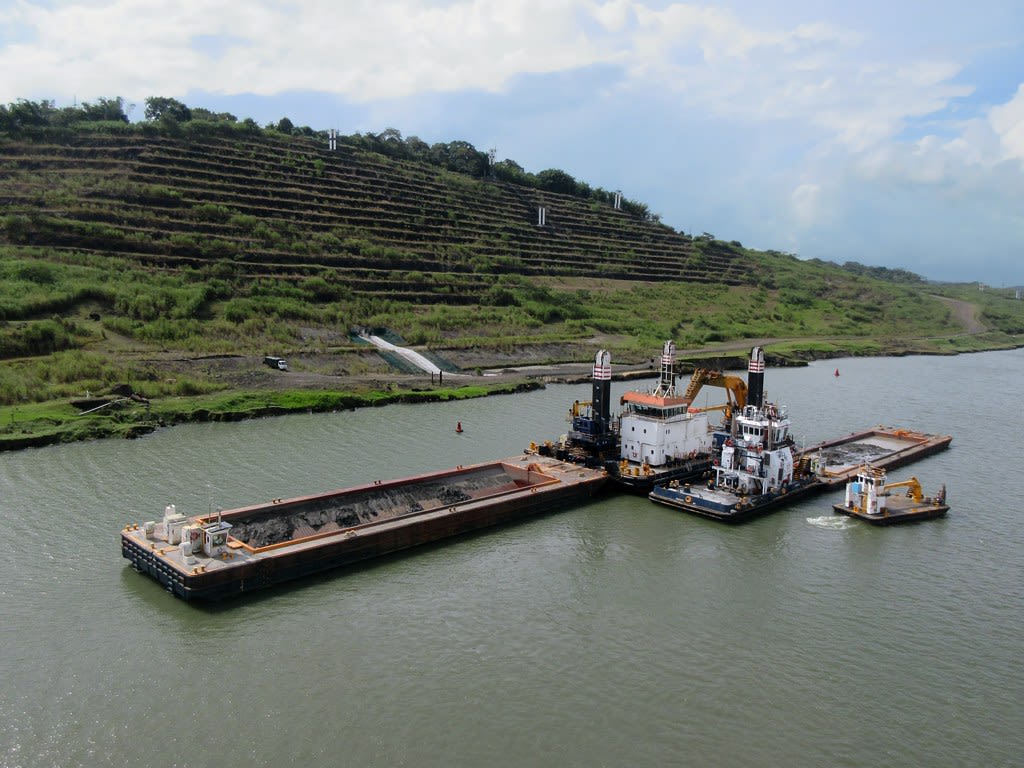
Building a global network for worldwide research
In keeping with the international nature of its subject, the work of the UCL Shipping Team relies on diverse academic input from researchers in different disciplines and global regions.
“It’s hard to study shipping without lots of collaboration with other universities. The essence of this is about trade. Most of the ships are built in Asia, China, Korea and Japan. Most of the technology and the equipment we need is in Europe. Most of the energy opportunities in the transition, the countries that will be producing the hydrogen-derived fuels, are in Australia, Africa, South and Central America.
“There are huge opportunities in these international collaborations that make it a very natural thing to be doing.”
Steering towards opportunity
Tristan believes the shipping industry is in a unique position to drive decarbonisation, and trigger changes that could help other industries transition faster.
“Shipping’s had some huge developments in a very short period of time, these last five years.
“As a global regulator, the IMO is able to take progressive stances which individual governments will find challenging for at least another decade or two.
“That’s powerful in richer economies like our own where we’re nervous about losing competitiveness with Europe or the US, so we don’t do what’s needed.
“But it’s also important for lower income countries, for whom it would be even more crippling to make big investments in energy transition without a driver for demand.
“Shipping’s moved into quite a progressive position quite quickly. It’s becoming a great leveller of opportunity globally, driving demand for renewable electricity for liquid fuel, and helping other sectors of the economy change.
“That could be investment into clean water supplies for hydrogen production, investment into the grid, investment into green ammonia for fertiliser production – it's potentially quite a catalytic change for many of the Sustainable Development Goals.
“It’s actually an extraordinary opportunity – as long as we do it right.”

“Shipping has moved into quite a progressive position quite quickly. It’s becoming a great leveller of opportunity globally, driving demand for renewable electricity for liquid fuel, and helping other sectors of the economy change.”
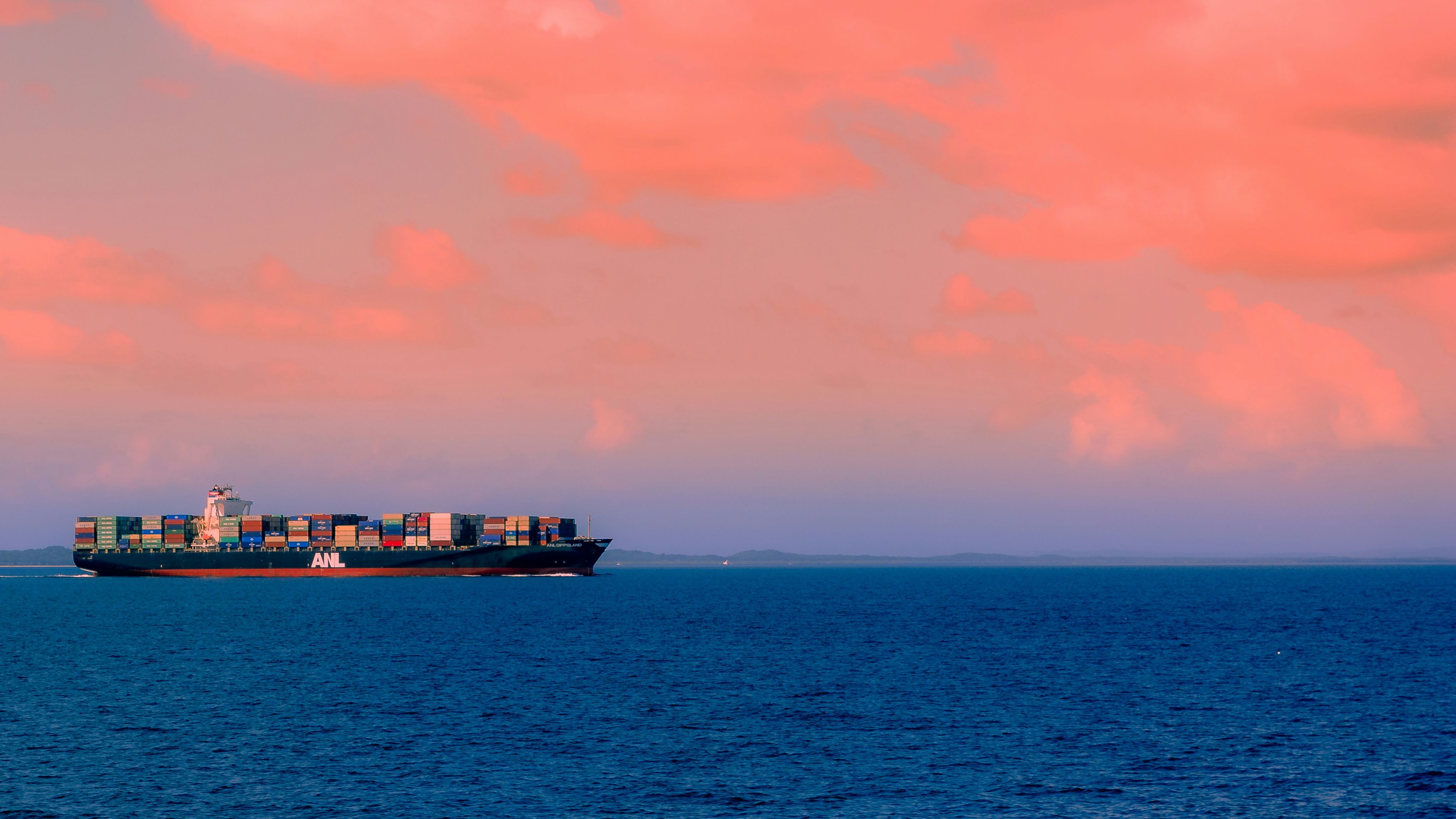
About the author
Dr Tristan Smith
Reader in Energy and Shipping, UCL Energy Institute
Learn more about the global energy transition
The UCL Energy Institute offers world-leading undergraduate, Master's and PhD degrees that prepare our students for careers in energy demand, and energy economics and policy.
Story produced by All Things Words
© UCL The Bartlett 2023

